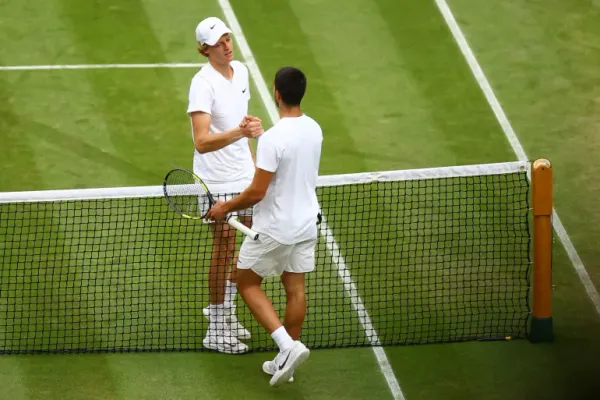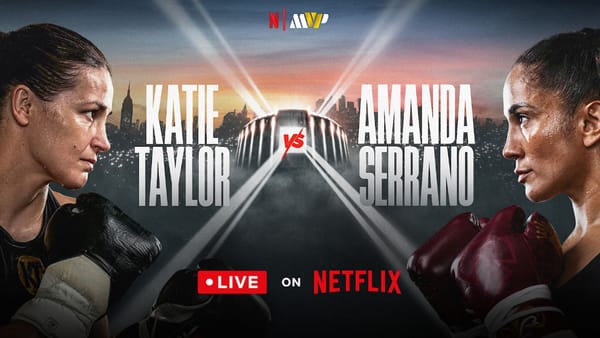Broken Promises: Inside the NFL’s Concussion Settlement Crisis

The Cost of Playing Through Pain
In 2013, the National Football League reached a landmark $1 billion settlement with more than 20,000 retired players, acknowledging for the first time the link between concussions and long-term brain damage. The deal was hailed as a turning point — a historic reckoning for decades of silence and denial. Yet more than a decade later, a grim reality has emerged: the majority of the very players this settlement was meant to protect are being systematically denied compensation.
Through a deep dive into court records, confidential reports, and the testimonies of former players and families, a disturbing pattern has come to light — one of medical gatekeeping, biased reviews, and corporate obstruction. The NFL’s commitment to player health, it seems, ends when the check is due.
A Settlement Riddled with Loopholes
The 2013 concussion settlement, approved by a federal judge, promised lifetime payouts to former players who developed neurological diseases such as Alzheimer’s, Parkinson’s, and dementia. At face value, it seemed comprehensive. But over time, the mechanisms built into the settlement began to reveal an architecture of denial.
According to The Washington Post’s “Concussion Files” investigation, over 72% of dementia claims have been denied or delayed as of 2024.
Behind those numbers are hundreds of former athletes suffering from cognitive decline — men who once sacrificed their bodies and minds for the sport, now caught in a web of red tape and shifting goalposts.
The Doctor Problem: Conflict of Interest in Plain Sight
One of the most glaring issues is the role of the neutral physicians assigned to evaluate claims. These doctors — vetted and approved by the NFL and its insurers — have become gatekeepers, often rejecting diagnoses from a player’s personal neurologist.
Take the case of Eric Williams, a former lineman for the Washington Football Team. Diagnosed with early-onset dementia in 2019, he submitted his claim with full documentation from a team of neurologists. It was denied after a “neutral” physician deemed the results inconclusive, despite no in-person exam.
“This is a system that’s built to break your spirit,” said Williams’ wife, Dana. “They ask for proof, you give them proof. Then they change the rules.”
Internal documents obtained by The Washington Post revealed emails in which doctors debated how strict to be in claim evaluations, with some admitting off-record they felt pressure to lower payout numbers.
Source: Washington Post – The Concussion Files
Private Investigators, Public Shame
Adding to the troubling tactics: surveillance.
In at least 50 documented cases, private investigators hired by the settlement administrator were dispatched to monitor players who submitted claims — sometimes filming them grocery shopping, driving, or attending events. A few seconds of recorded activity were then used to suggest the player was not impaired, despite clear medical evidence of decline.
“This isn’t justice. It’s entrapment,” said Michael Bennett, a former defensive end who was trailed by investigators weeks after submitting his claim.
Legal experts confirm that these investigations are not only legal — they are often encouraged as part of “anti-fraud protocols.” Yet the standard of evidence for dismissing claims is far lower than for accepting them.
CTE: The Diagnosis That Doesn’t Count
Perhaps the most damning indictment of the system is how it handles chronic traumatic encephalopathy (CTE) — the very condition that launched the concussion debate into the public eye.
CTE, a degenerative brain disease caused by repeated head trauma, is only diagnosable postmortem. More than 350 former NFL players have been confirmed to have had CTE after death, including Hall of Famers like Junior Seau and Mike Webster.
Yet CTE is not compensable under the settlement. Unless the player was diagnosed with specific forms of dementia while alive, the family receives nothing.
“It’s like dying of the one disease the NFL gave you, and getting told it doesn’t count,” said Gina Cruz, widow of former safety Robert Cruz, who was diagnosed with stage 4 CTE in 2023 after suicide.
More on CTE: Boston University CTE Center
Who’s Winning? Follow the Money
So who benefits from this labyrinth of denial?
- The NFL’s insurers, who have saved hundreds of millions by avoiding payouts
- The settlement administrator, who earns millions in fees while enforcing claim restrictions
- Law firms, some of which have taken large portions of player awards — or abandoned clients altogether after denials
As of 2025, only 38% of approved dementia claims have been paid in full, and many families report waiting years for disbursement.
A League of Denial, Still
In 2013, the NFL admitted no guilt. It still doesn’t. Despite billions in profits, the league’s lawyers continue to fight appeals from families in courtrooms across America, often citing "procedural inconsistencies" or "inadequate documentation."
When asked for comment, an NFL spokesperson reiterated: “The settlement continues to operate as intended. We remain committed to the wellbeing of our former players.”
For those players, words ring hollow. The settlement that promised dignity and restitution has instead become a second battle — one many won’t live long enough to win.
More Than a Game
As football continues to draw millions of viewers each week, the long-term health consequences for former players remain an ongoing crisis. While the NFL has distributed over $1 billion in revenue-sharing payments to its current teams and players annually, many retirees suffering from cognitive decline continue to face steep barriers when seeking medical and financial support under the 2013 concussion settlement.
Numerous families of former players have described the severe neurological and behavioral symptoms that emerged in retirement — including memory loss, aggression, confusion, and speech impairments. In many cases, these symptoms began in players’ 40s or earlier. Boston University’s CTE Center has confirmed over 350 former NFL players posthumously diagnosed with chronic traumatic encephalopathy (CTE), a condition caused by repeated head trauma and not compensable under the current settlement framework.
Legal records and investigative reporting have revealed patterns of rejected claims, disputed medical evaluations, and surveillance efforts directed at claimants. According to The Washington Post’s “Concussion Files”, more than 70% of dementia-related claims submitted by retired players have been denied or delayed as of late 2024. Several retired players and their families have testified that the appeals process can take years and often results in further rejection despite documented diagnoses from board-certified neurologists.
While the NFL has maintained that the settlement “continues to operate as intended,” critics — including attorneys, physicians, and player advocates — argue that the structure of the program disproportionately favors the league and its insurers. They cite restrictive diagnostic criteria, a lack of coverage for CTE, and burdensome evidentiary requirements as significant obstacles for aging players whose conditions are deteriorating.
The issues raised in these cases are not exclusive to the NFL. They reflect broader questions about how professional sports organizations — particularly contact sports leagues — reconcile athlete safety with long-term accountability. In this context, the outcomes of the NFL concussion settlement may influence how other sports address similar claims in the future.
For now, thousands of former players continue to navigate a settlement process that many view as complex, adversarial, and slow-moving — even as cognitive health issues become more visible with age. As public awareness of traumatic brain injuries in sports grows, the long-term effectiveness of the NFL’s response remains under scrutiny.
Key Stats
- 72% of dementia claims denied or delayed
- $1 billion promised; less than half distributed as of 2025
- 0% compensation for confirmed postmortem CTE diagnoses
- 350+ former NFL players confirmed with CTE after death
- 50+ cases of player surveillance by private investigators





